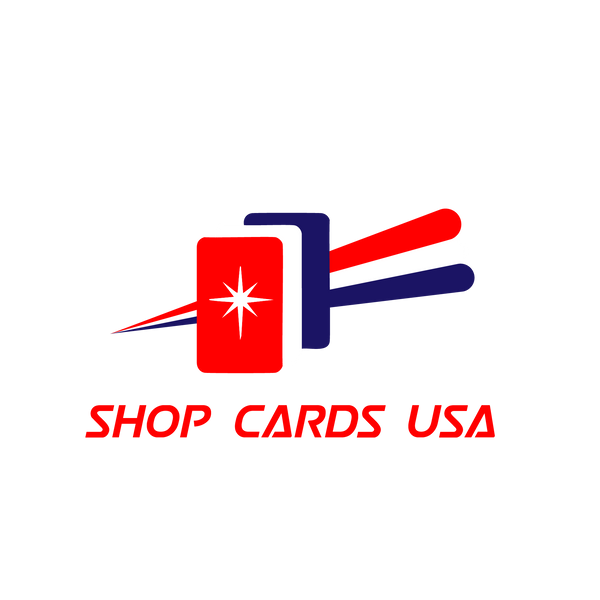
League of Legends TCG - How to play
How to Play Riftbound TCG: A Beginner’s Guide
Riftbound: League of Legends Trading Card Game (TCG) is a fast-paced, tactical card game where players build decks around iconic League of Legends champions and battle to control battlefields. Designed for both newcomers and seasoned TCG players, Riftbound combines strategic depth with the vibrant world of Runeterra. This guide covers the core mechanics, deck construction, gameplay, and tips to get you started.
Objective of the Game
The goal of Riftbound TCG is to score 8 points (or 11 in team games) by capturing and holding battlefields. You earn 1 point when you take control of a battlefield and 1 additional point at the start of your turn for each battlefield you control. To win, your final point must come from holding a battlefield or conquering both battlefields in one turn; otherwise, you draw a card instead of winning.
Deck Construction

A Riftbound deck is built around a Champion Legend, which defines your strategy and restricts cards to specific domains (Runeterra regions like Piltover, Noxus, or Ionia). Key deckbuilding rules include:
1 Champion Legend: Your deck’s centerpiece with unique abilities.
Approximately 56 cards: Preconstructed decks, like those for Jinx, Viktor, or Lee Sin, typically contain 56 cards, though exact limits depend on the Core Rules.
Card Limits: Typically, no more than a set number of copies of non-unique cards (check the Core Rules for specifics).
Domains: Cards must align with your Champion Legend’s domains (e.g., a Noxus-aligned champion uses Noxus cards). You can mix domains for combo potential but must balance resource costs.
Rune Deck: A separate deck of Rune cards provides resources (mana) to play your cards.
Card Types
Riftbound features several card types:
Champion Legend: Your leader with unique abilities that shape your deck’s strategy.
Units: Creatures with Might (combat strength) and sometimes special effects, used to fight for battlefield control.
Spells: One-time effects that deal damage, buff units, draw cards, or disrupt opponents.
Gear/Items: Equipment or passive effects (e.g., Infinity Edge, Sunfire Cape) that enhance units or provide ongoing benefits.
Game Setup

To start a game:
Place your Champion Legend face-up on the board.
Shuffle your main deck and Rune deck.
Draw 4 cards from your main deck, with the option to mulligan up to 2 cards (return them to the bottom of the deck and draw replacements).
The first player is determined (method varies, often a random decision like a coin flip).
Set up two battlefields between players, which are the focus of combat.
Turn Phases
Each turn follows the ABCD structure:
Awaken: Ready (untap) all exhausted units by turning them upright.
Beginning: Resolve any “start of turn” abilities and score 1 point for each battlefield you control.
Core: The main phase where you:
Draw 2 Runes from your Rune deck.
Play Units, Spells, or Gear by paying their costs using Runes (either tap Runes for temporary mana or recycle them back to the Rune deck for stronger effects).
Move units to battlefields to claim control or engage in combat if the opponent controls the battlefield.
Resolve combat based on units’ Might.
Done: End your turn, resolving any “end of turn” effects.
Combat Basics
Combat occurs on battlefields, not by attacking players directly:
Moving Units: Send units to a battlefield to claim it. If unopposed, you take control immediately.
Fighting for Control: If the opponent has units on a battlefield, combat ensues. Units deal damage based on their Might, and those reduced to 0 Might are destroyed. The side with units remaining controls the battlefield.
Keywords: Unique mechanics like Ganking allow units to move between battlefields for surprise attacks, adding tactical depth.
Damage: Combat damage is typically simultaneous, though exact rules depend on the Core Rules.
Winning the Game
You win by scoring 8 points (or 11 in team games) through battlefield control. Points are earned by:
Capturing a battlefield (1 point).
Holding a battlefield at the start of your turn (1 point per battlefield). The final point must come from holding or conquering battlefields, or you draw a card instead. There’s no confirmed “deck-out” win condition (losing by running out of cards), but check the Core Rules for details.
Strategy Tips
Optimize Rune Usage: Balance tapping Runes for quick plays versus recycling them for powerful effects. Early recycling can fuel big plays later.
Leverage Champion Synergy: Build your deck to maximize your Champion Legend’s abilities and domain strengths (e.g., Noxus for aggressive units, Ionia for tricky Spells).
Control Battlefields: Prioritize positioning units to hold both battlefields, as this maximizes points and pressures your opponent.
Use Ganking Wisely: Surprise opponents by moving units between battlefields to disrupt their control.
Save Removal Spells: Keep Spells like direct damage or unit destruction for high-value targets, such as enemy Champions or buffed units.
Deck Tempo: Aggro decks aim to capture battlefields quickly, while control decks focus on outlasting opponents with defensive units and disruption.
Final Thoughts
Riftbound TCG delivers fast-paced games (10–20 minutes) with strategic depth, blending League of Legends’ iconic champions and regions with accessible yet engaging mechanics. The Origins set, with nearly 300 cards in 14-card booster packs, offers diverse deckbuilding options, and regular expansions keep the meta fresh. Whether you’re a casual player or a competitive duelist, Riftbound’s battlefield-focused gameplay and unique Rune system make every match exciting. Jump in with a preconstructed deck or build your own, and check out official guides on riftbound.leagueoflegends.com or riftbound.gg for more details.
